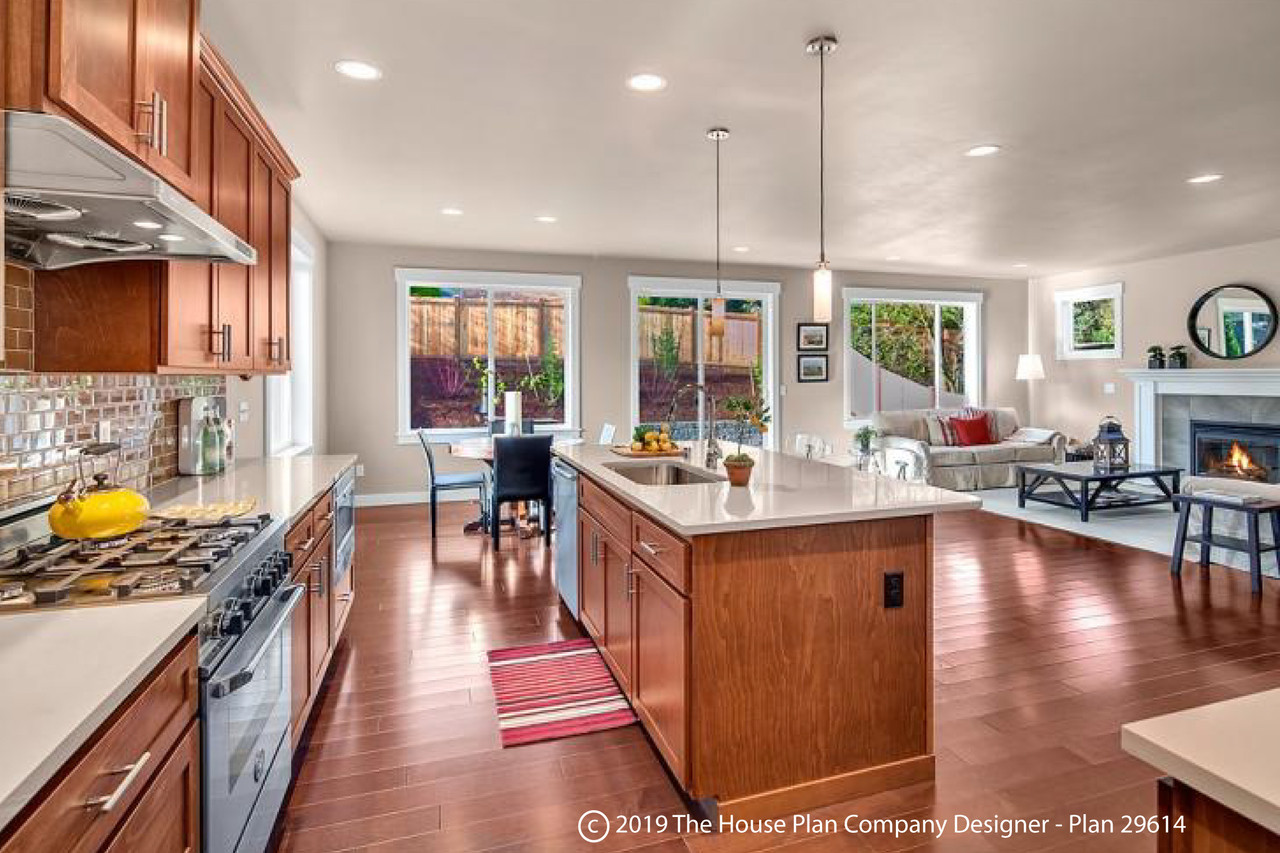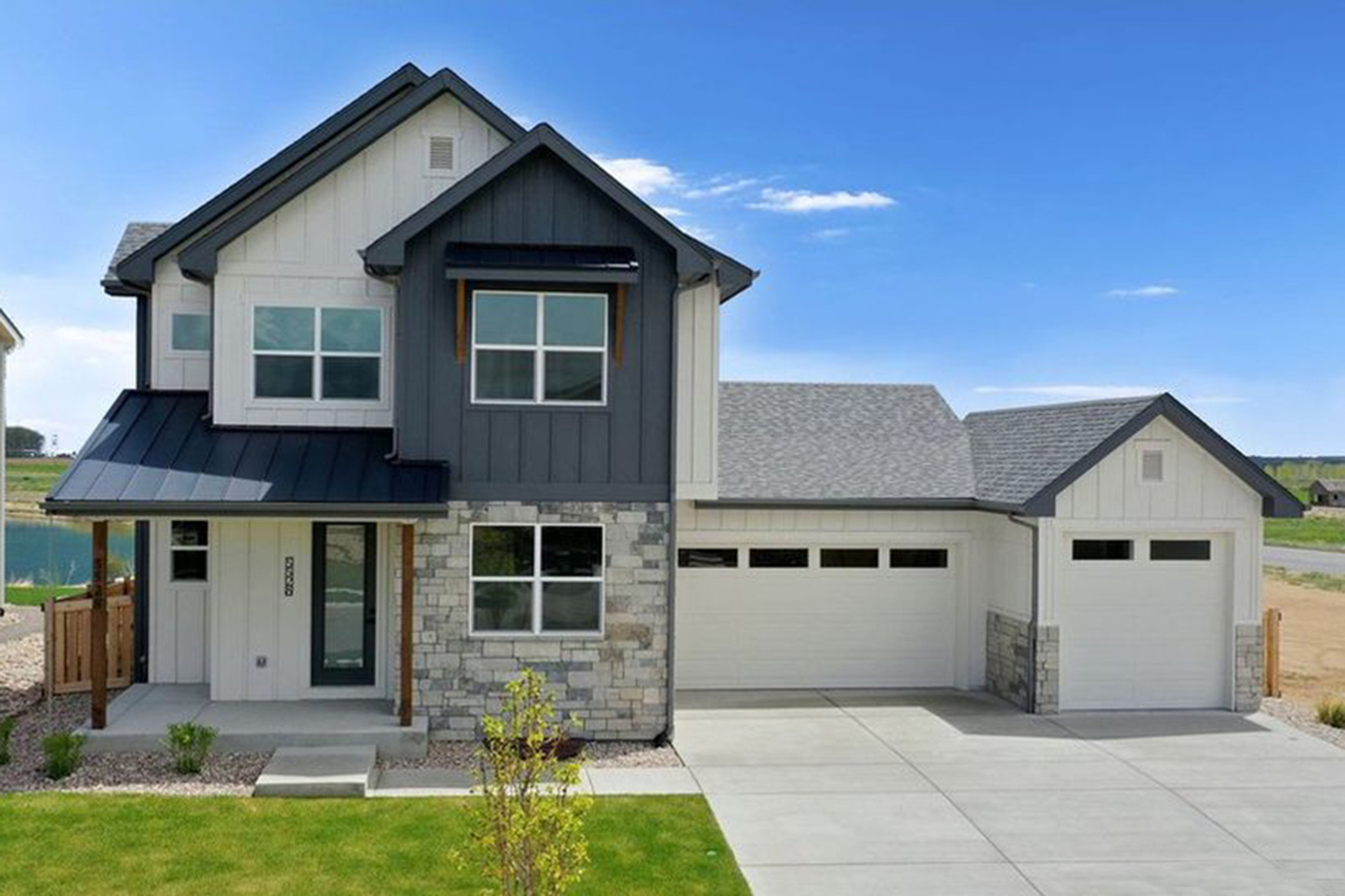The eternal question for any homeowner planning to build a new home is, “How much will it cost?” But asking builders how much a new home will cost, and more specifically, how much it will cost per square foot, will likely elicit a wide range of responses from low to high and somewhere in between. Cost per square foot analysis may seem like an elusive math problem, but it doesn’t have to be that way.
“Cost per square foot analysis is difficult for homeowners to get their arms around because it’s not an apples-to-apples comparison and there always seems to be many different answers. Imagine you’re purchasing a new car and trying to determine its price by its tires. How much is the car per tire? Do you divide by four or by five, to account for the spare?” explained John Kappler, owner of Kappler Architects who provides home designs for The House Plan Company, a residential plan marketing company based in Oregon.
Kappler advises breaking it down into two components to better understand the total cost of building a new home: Hard costs and soft costs. Hard costs are the actual “brick and mortar” costs of construction, including the cost to acquire the lot, labor and building materials and utilities and landscaping. Hard costs are generally easier to estimate because of their tangible nature. Builder profit is also included in these costs and can range from 15-25 percent.
Soft costs, on the other hand, are not associated with the physical construction of the home and encompass everything from architectural and engineering fees, permitting and legal fees, taxes and insurance.
Armed with this information about hard and soft costs, where does a homeowner begin? Kappler recommends diving deeper into the hard costs and, in particular, three areas: Complexity, size and quality of finishes.
“Focusing on the three most important pieces of the hard costs will help a client begin to understand cost per square foot. There are certain costs they can’t change such as permit fees and taxes, but they do have control over costs associated with the complexity of the construction, size of the house and quality of the interior and exterior finishes,” explained Kappler.
A good starting point, therefore, is to outline several basic assumptions prior to construction. What are the utilities needed for the property – tap or well fees and septic costs? What type of soils tests or engineering work must be done on the lot? Will the house have any outdoor decks or patios? Is landscaping work to be done now or later? What size garage is needed? What level of interior finishes are desired? High-end finishes, fixtures and mechanical equipment, for example, can quickly escalate costs.
In addition to these important questions, careful consideration must be given to other design and construction factors as part of the overall cost equation. The complexity of design and articulation of elements such as corners, wall height changes and bays; steep or complicated roof profiles; and complex trim and texture changes can all impact construction costs. Simple building designs can be constructed more quickly and with less waste than more complex building designs, thereby keeping total construction costs in check.
Once a builder and client can work together on answering all of the questions, they can begin to arrive at a relatively accurate cost per square foot and the total cost of the new home. As Kappler likes to remind clients, “Building a house is a process. You need to understand both the process and how all the pieces interact with one another each step of the way.”



